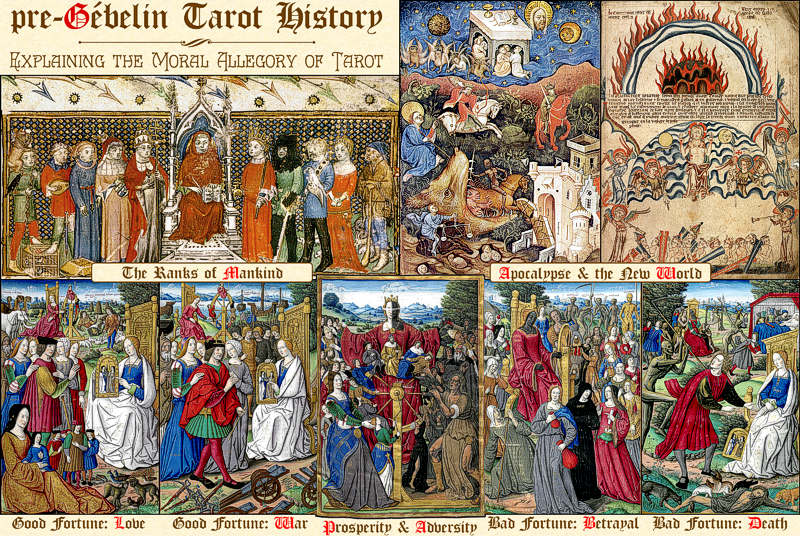Kaplan’s 1986 explanation of allegorical personifications was simple and correct. In terms of a female figure with papal attributes, it works exactly the same whether you are a Roman Catholic creating an honorific allegory of the Church or a Protestant creating a pejorative satire, denouncing the Church as the Whore of Babylon. So, not surprisingly, in the 16th Century Protestants came to use the popess in essentially the same manner as Catholics, as an allegory of the Roman Catholic Church.
The Luther Bible was a complex production. The New Testament was published in 1522. It included 21 woodcut illustrations from the workshop of Lucas Cranach, including an infamous Whore of Babylon wearing the triple tiara of the Roman Catholic pope. It’s a beauty.


Luther’s Old Testament was completed in 1534, and a combined Bible was published. This included over a hundred woodcut illustrations from the same workshop. The Whore of Babylon in this version was different, but still wearing the triple tiara of the Roman Catholic pope. Some of these were later hand-colored by other artists, as in these two examples. (The perfectly matching details of coloring indicate that these are two reproductions of the same original page, but I’ll include both.)



Another famous anti-Catholic popess is from William Blake, nearly three centuries later. The crucial identifying attribute is again the triple tiara.


Here is an allegory of The Empire of Rome, an illustration from c.1590, which uses the same Whore of Babylon motif including the Roman Catholic attribute of papal headdress. The text explains that the Empire of Rome is described in this manner, as the Whore of Babylon, in the Bible.


Finally, returning to the image from Luther’s Bible, we have it reproduced on a painted Limoges enamel dish, circa 1580, in the British Museum. It is worth noting that we have members of all estates, from emperor and pope on down, seduced by the Whore. This conventional motif was not present in the woodcuts on which this plate was based.











No comments:
Post a Comment